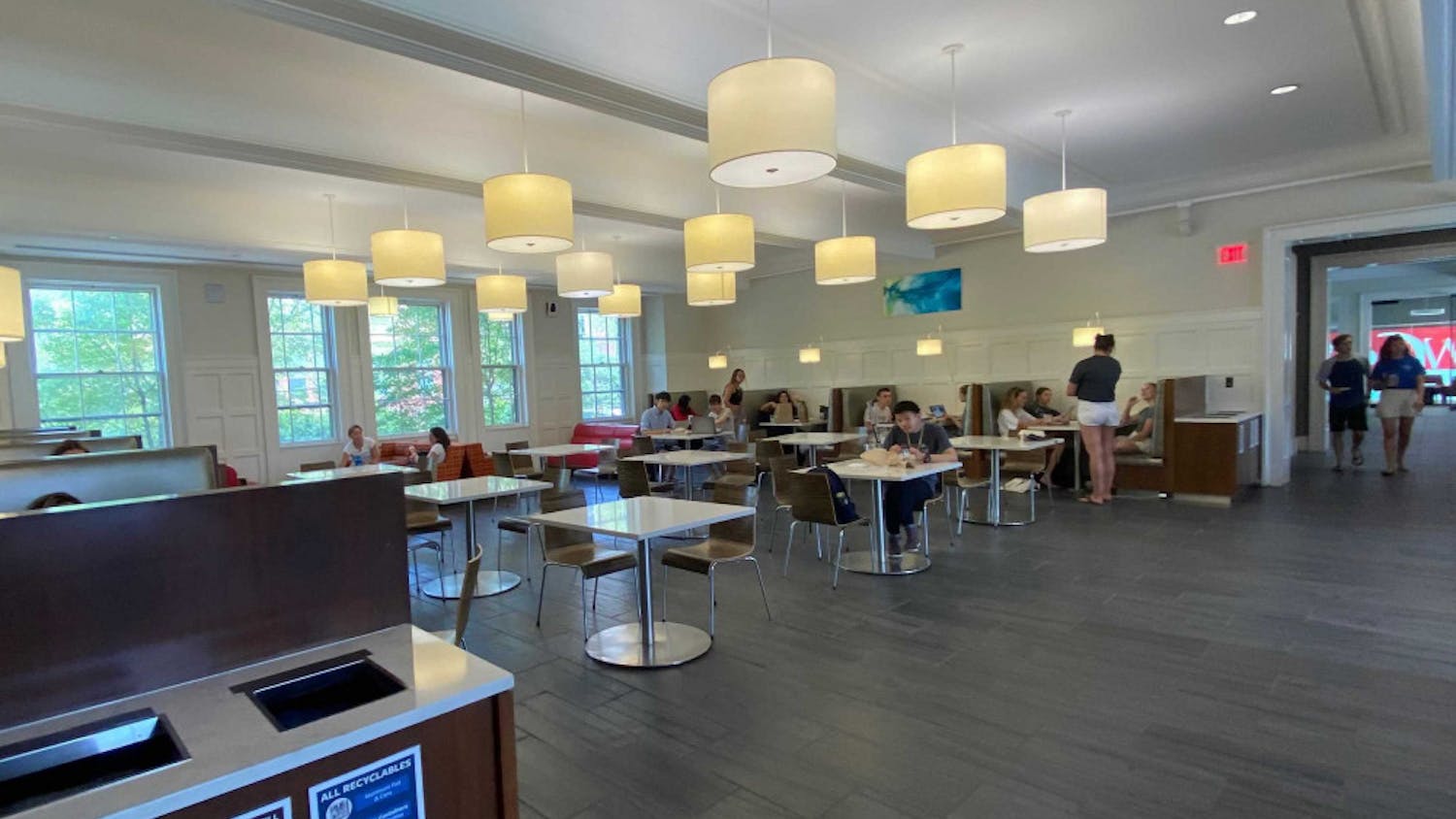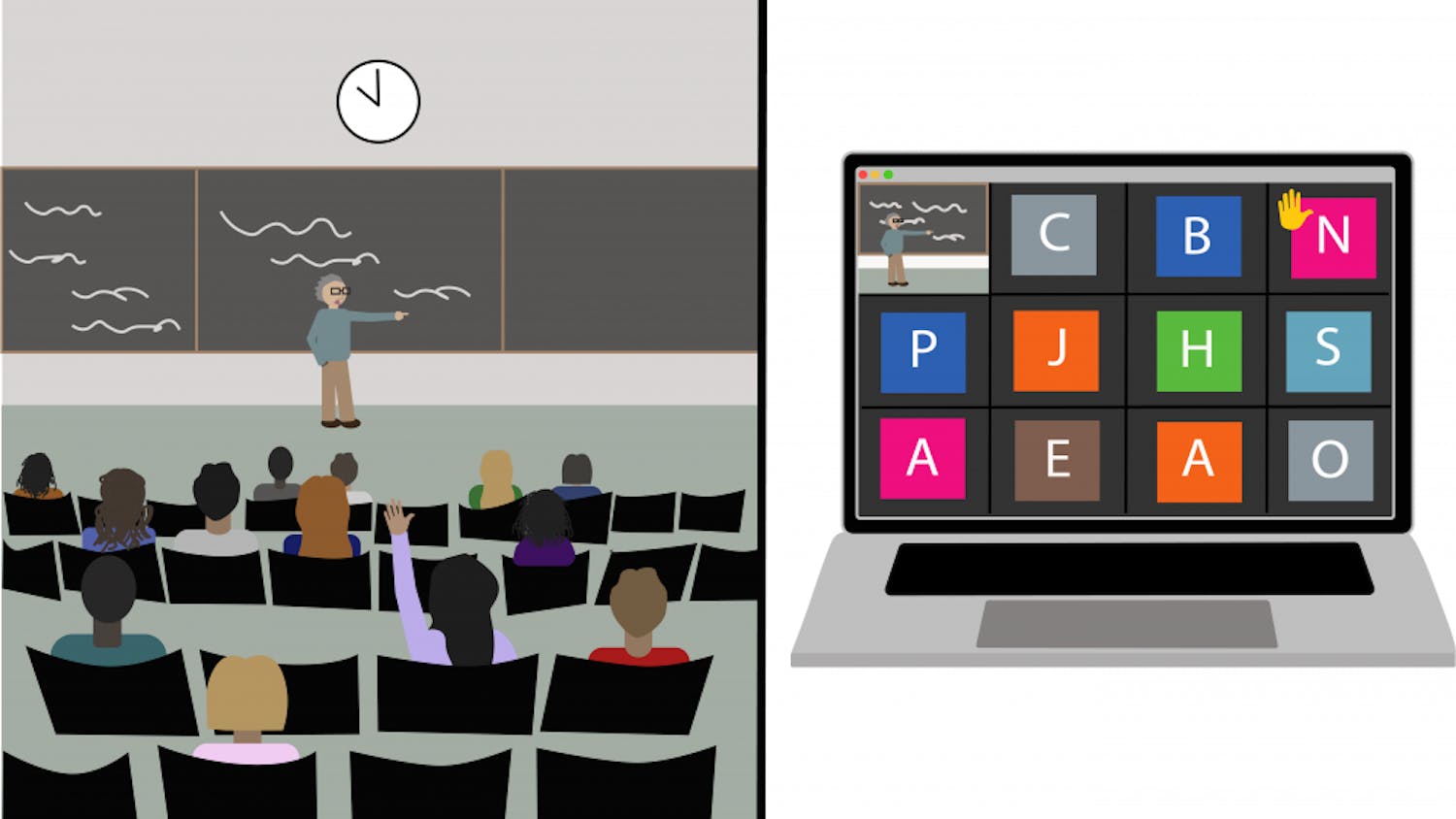Hurricane Katrina is the worst natural disaster to hit the United States since at least 1906, and quite possibly ever. The death toll for Katrina is already over 100 in Mississippi, not to mention the uncounted thousands in Louisiana.
However, what killed these victims was not just a natural disaster, but equally a cultural disaster. The utter failure of the United States to deal with Hurricane Katrina shows the perversity and inhumanity of a society that refuses to face its own flaws.
The worst devastation is the inundation of New Orleans, once the most vital cultural center in the United States. Most of the urban whites of New Orleans live in a crescent-shaped band of neighborhoods along the Mississippi River. The banks of the river are the highest and firmest ground in the area, with natural levees formed from silt. So far, these neighborhoods are either dry or shallowly flooded. Meanwhile, most of the blacks and many poorer whites lived in homes built on low ground drained from swamps and lakes. These areas are more affordable, but also largely drug-ridden and dangerous, crowded with extremely narrow "shotgun houses," so named because one supposedly could fire a shotgun into the front door and pierce every room. These areas depended on a system of dikes and levees to keep the waters of Lake Pontchartrain out and were more vulnerable to flooding. These areas are now all flooded. Many neighborhoods, especially in the Ninth Ward, are several stories underwater.
Before the storm, the U.S. government classified 100,000 poor, sick and old people in the city as "immobile." Nevertheless, when the evacuation was called, there were no buses or any sort of vehicles to make sure that everyone could leave. Those who did not own cars simply had no way to get out. Renting a car or booking a flight in the last days before the storm was too expensive for people living paycheck to paycheck. Once banks closed, they could not even access their savings.
Those left behind were told to go to the Superdome or the convention center. The former quickly ran out of food, water and medicine, with no replenishments coming for almost five days after the storm. The latter had no police, no food, no water and soon no electricity. While many looted stores and restaurants out of sheer need of nourishment, still others died of thirst. While some looted opportunistically, and there were outbreaks violence, according to Sgt. Mark Mix of the state police these were only "sporadic incidents" involving "scattered individuals." Some of the people who stayed behind may have been deranged, and not in any kind of custody because, in America, the insane are left on the street if their health insurance runs out.
As conditions were worsening in these supposed "shelters," the authorities at the Federal Emergency Management Agency referred to their inhabitants as "the refugee problem." As Rep. Carolyn Kilpatrick, D-Mich., pointed out, these officers seemed to forget that they were talking about taxpaying citizens, not foreigners or invaders. The whole disaster exemplifies how millions of people, especially the nonwhite and poor, are treated like outsiders, ignored even by the institutions that are supposed to protect them.
Samuel Biagetti '06 is writing his history thesis on eighteenth-century Louisiana.




